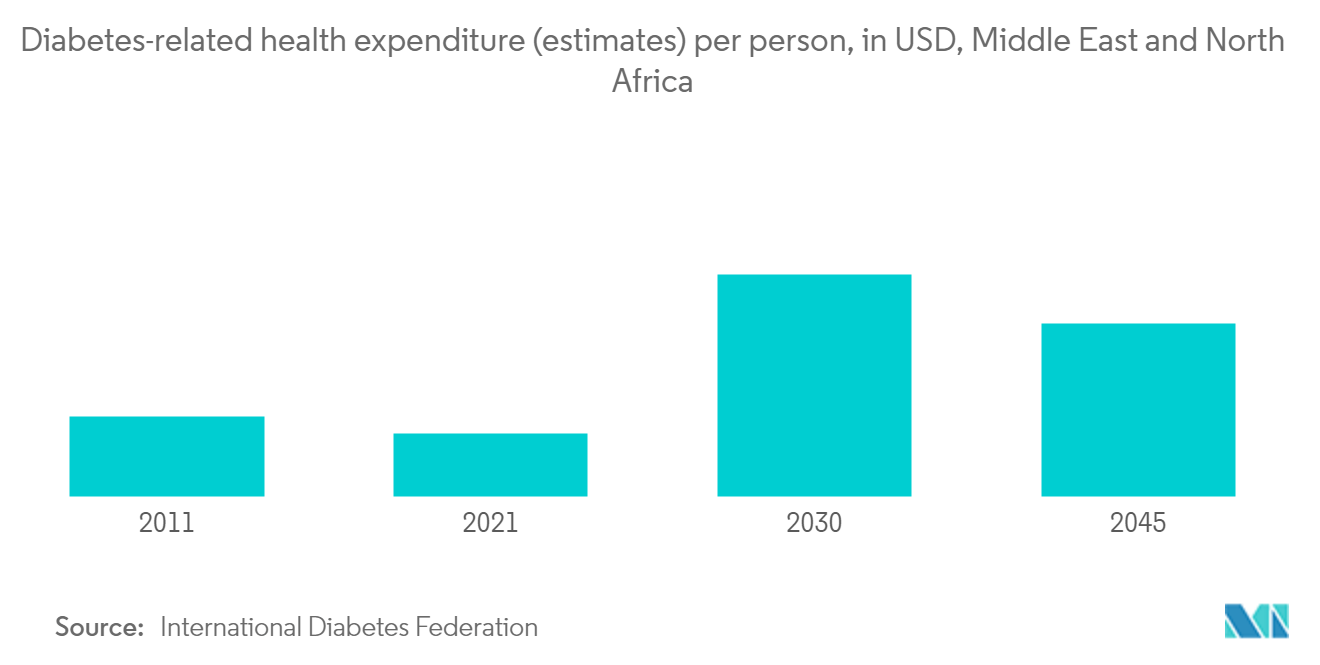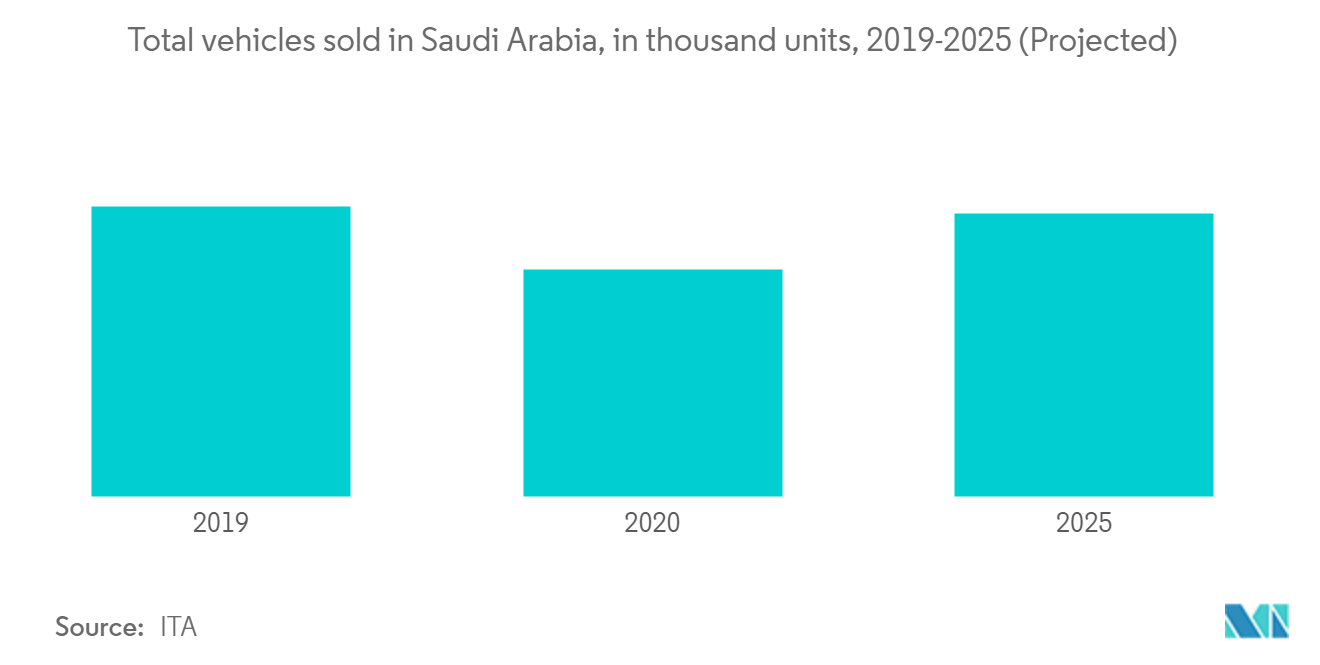Market Trends of Middle-East and Africa Nanosensors Industry
This section covers the major market trends shaping the MEA Nanosensors Market according to our research experts:
Healthcare to Hold a Significant Market Share
- The Middle-Eastern region is seeing a boom in the healthcare sector, owing to the economic growth of the countries in the region. In most countries, efficient and effective utilization of healthcare resources is the key strategy for improving health outcomes.
- For instance, according to the World Bank, healthcare expenditures in the UAE reached USD 18.2 billion in 2018 and were expected to rise to USD 21.3 billion by 2021. Overall, healthcare spending was projected to account for 4.6% of the country's GDP by 2026, up from 4.27% in 2018.
- Demographic shifts, changing lifestyles, and population growth are among the key drivers for the growth of the healthcare sector in the country. According to the World Bank, the UAE's population would grow from 9.4 million people in 2017 to 11.055 million by 2030.
- Nanotechnology stands to produce significant scientific and technological advances in diverse fields, including healthcare and pharma. Furthermore, acceleration in developing technologies and intelligence healthcare systems is moving toward novel approaches and models of healthcare based on nanosensors, smartphones, smartwatches, etc.
- The ability of nanosensors to detect important molecules, such as disease-related metabolites, proteins, nucleic acids, pathogens, and cells, is expected to drive the demand from the healthcare sector of the MEA region.

Saudi Arabia to Hold a Significant Market Share
- Saudi Arabia is the largest country in the Middle-Eastern region, with a population of over 35 million. Furthermore, according to ITA, Saudi Arabia has the second-largest proven oil reserves in the world (about 266 billion barrels).
- The applications of nanosensors in the oil and gas industry are increasing, as global energy consumption is constantly increasing every year. The industry needs technological innovations to meet this immediate demand.
- The nanosensors can perform several functions, such as they can be injected into a reservoir with fluid and can help the operation teams obtain more information about the porosity, permeability, and temperature of the reservoir. Furthermore, nanosensors can also be used for temperature sensing, magnetic sensing, and optical imaging applications.
- Furthermore, Saudi Arabia is among the largest automotive market, which is expected to create opportunities for the growth of the nanosensors market in the region. According to ITA, Saudi Arabia accounted for almost 52% of the vehicles sold in the Gulf Cooperation Council (GCC) and 35% in the MENA region in 2020.
- In accordance with the Kingdom's vision 2030 goals, the National Industrial Development Center (NIDC) aims to attract 3-4 original equipment manufacturers across the ICE and EV value chain, with the goal of producing 300,000 vehicles annually, with a 40% local content by 2030.
- Similarly, the country's food and beverage, smart city infrastructure, and water and wastewater management sectors are also expected to drive the demand for nanosensors during the forecast period.

